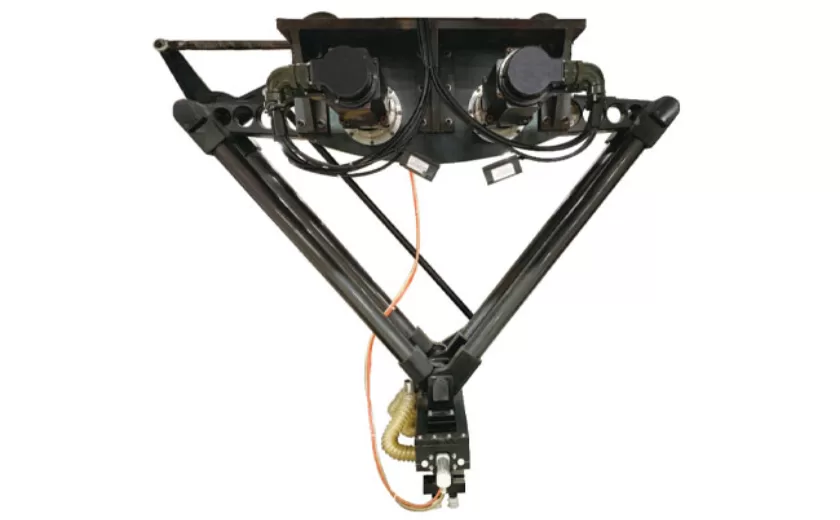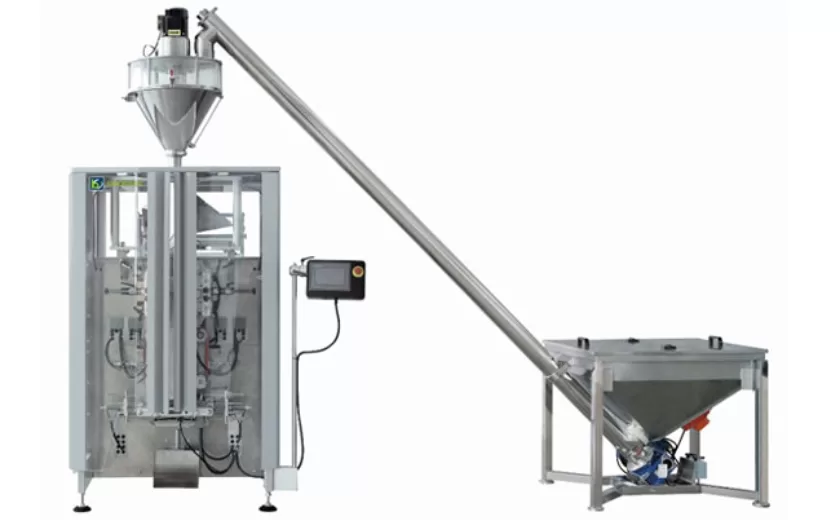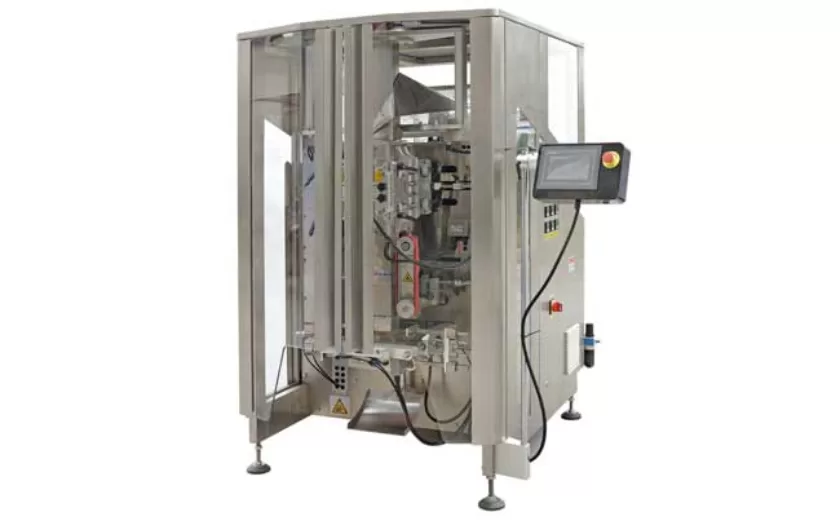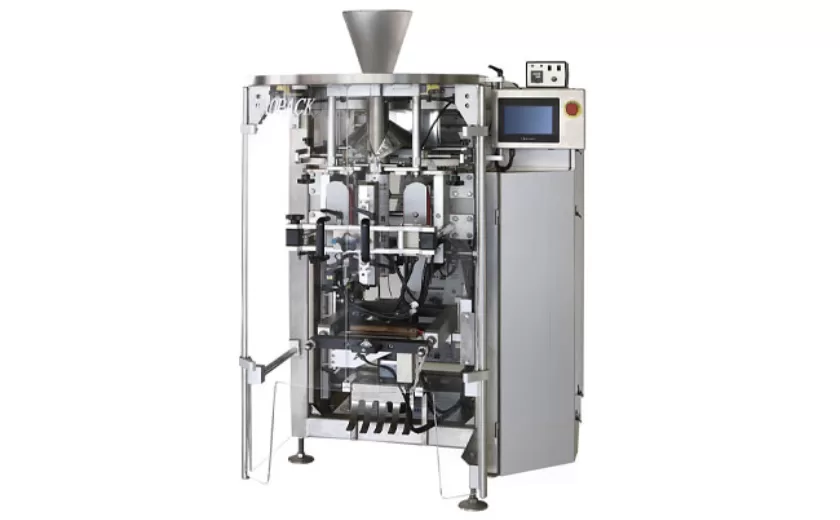Best Practices for Operating a Milk Pouch Packing Machine
Best Practices for Operating a Milk Pouch Packing Machine: Maximizing Efficiency and Quality
In today’s fast-paced food and beverage industry, optimizing the performance of milk pouch packing machines is paramount to meeting consumer demand and maintaining profitability. By adhering to best practices, manufacturers can ensure efficient operation, minimize downtime, and deliver high-quality milk products.
1. Pre-Operation Checks and Maintenance:
Conduct thorough daily inspections to identify and address potential issues.
Regularly lubricate and clean all moving parts to prevent wear and breakdowns.
Calibrate the machine according to the manufacturer’s specifications to ensure accurate filling and sealing.
2. Material Handling:
Use high-quality milk pouches that meet the specific requirements of the machine.
Store pouches in a controlled environment to prevent damage and contamination.
Handle pouches carefully to avoid punctures or creases that could compromise the seal.
3. Filling and Sealing:
Monitor the filling process closely to ensure correct filling volumes.
Use proper sealing techniques to create strong and leak-proof seals.
Inspect the filled pouches visually to detect any defects before they are packaged.
4. Packaging and Distribution:
Pack filled pouches in sturdy cartons or crates to protect them from damage during storage and transportation.
Store cartons in a cool and dry environment to maintain milk quality.
Handle cartons carefully to avoid compromising the integrity of the pouches.
5. Troubleshooting:
Identify common faults and their potential causes through regular monitoring and maintenance.
Have spare parts readily available to minimize downtime.
Communicate any issues to the service provider promptly for timely resolution.
6. Quality Control:
Conduct routine quality checks on filled pouches to ensure they meet specifications.
Monitor the shelf life of packaged milk to identify any deviations from the expected time frame.
Implement a recall system to swiftly address any quality concerns.
7. Safety and Hygiene:
Ensure all operators are trained on safe operation practices.
Maintain a clean and sanitary work environment to prevent contamination.
Wear appropriate protective gear to minimize risks associated with handling milk products.
By implementing these best practices, manufacturers can operate their milk pouch packing machines at peak efficiency, reduce downtime, and consistently deliver high-quality products to consumers. Adhering to these guidelines helps ensure the smooth and profitable operation of milk packaging facilities while meeting the stringent standards of the food and beverage industry.
-
Advanced Packing Solutions: Snacks, Sugar, and Frozen Food Machines
29-10-2025 -
Efficient and Reliable Solutions for Salt, Nuts, and Frozen Dumplings Packing
29-10-2025 -
High-Performance Biscuits, Lollipop, and Ketchup Packing Machines for Modern Food Production
29-10-2025 -
Efficient Liquid Filling and Packing Machines for Modern Production
23-10-2025 -
Reliable Granule Packaging Machines for Efficient Production
23-10-2025 -
Efficient Auger Powder Filling Machines for Accurate Packaging
23-10-2025 -
High-Performance Liquid Filling and Packing Machines for Hygienic Production
10-10-2025 -
High-Efficiency Granule Packaging Machines for Precision and Speed
10-10-2025 -
High-Precision Auger Type Powder Filling Machines for Efficient Packaging
10-10-2025 -
Efficient Vertical Form Fill Seal Packaging Machines for Smart Production
10-10-2025











